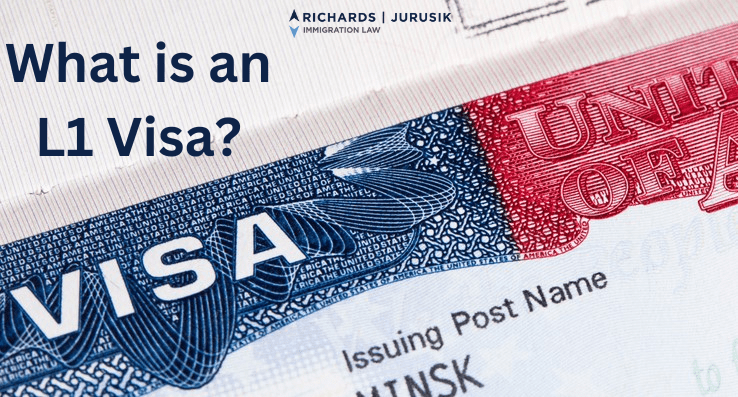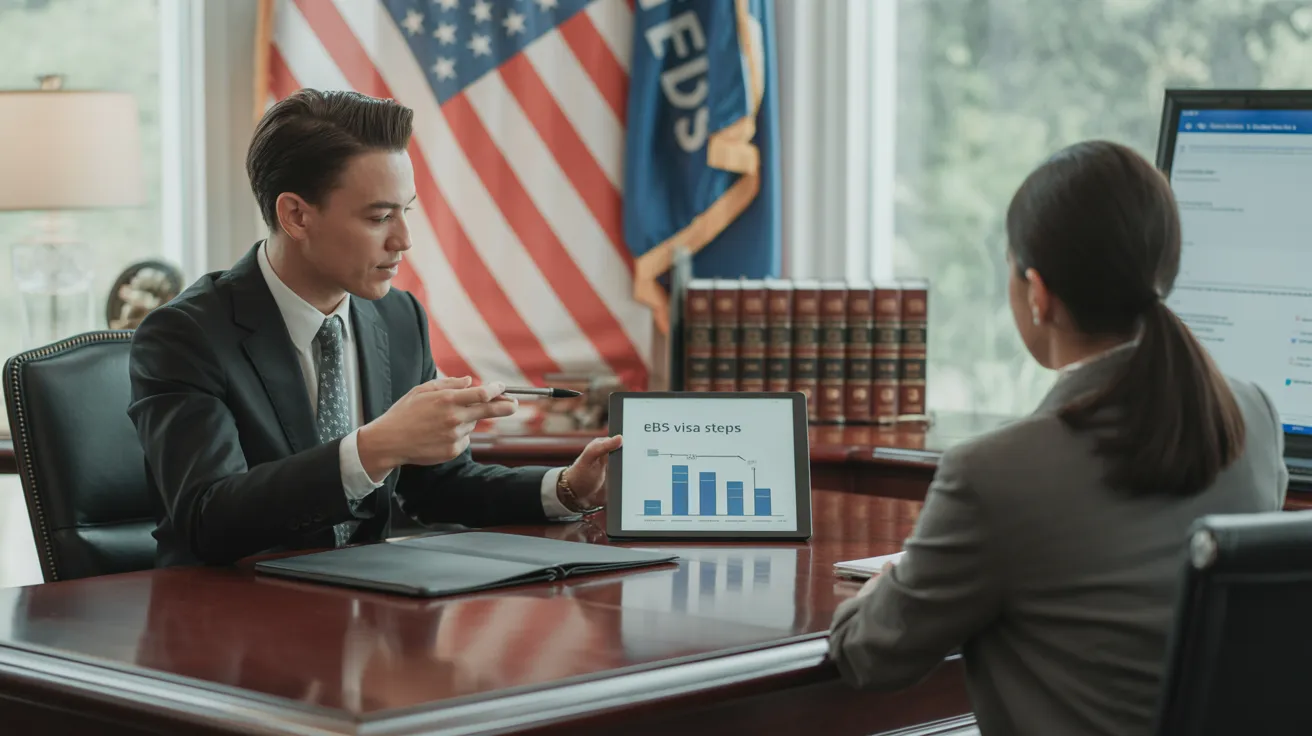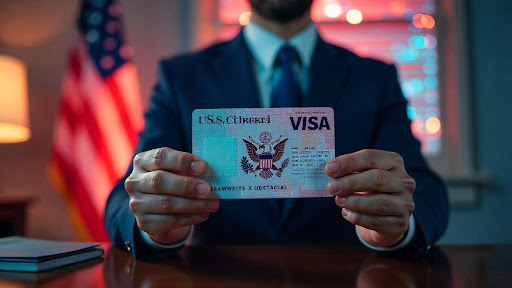The Facts About L1 Visa Uncovered
Table of Contents9 Easy Facts About L1 Visa ShownWhat Does L1 Visa Mean?The smart Trick of L1 Visa That Nobody is Talking AboutThe Basic Principles Of L1 Visa Some Known Incorrect Statements About L1 Visa The smart Trick of L1 Visa That Nobody is Discussing
Readily Available from ProQuest Dissertations & Theses International; Social Science Premium Collection. DHS Office of the Examiner General. Gotten 2023-03-26.

U.S. Division of State. Recovered 2023-02-08. Tamen, Joan Fleischer (August 10, 2013).
The smart Trick of L1 Visa That Nobody is Talking About
In order to be qualified for the L-1 visa, the foreign firm abroad where the Recipient was utilized and the united state business should have a certifying relationship at the time of the transfer. The different kinds of certifying relationships are: 1. Parent-Subsidiary: The Parent suggests a company, company, or various other legal entity which has subsidiaries that it has and manages."Subsidiary" suggests a firm, corporation, or various other lawful entity of which a moms and dad possesses, straight or indirectly, even more than 50% of the entity, OR has much less than 50% however has monitoring control of the entity.
Instance 1: Firm A is incorporated in France and uses the Recipient. Firm B is incorporated in the united state and intends to request the Beneficiary. Firm A possesses 100% of the shares of Company B.Company A is the Parent and Company B is a subsidiary. Consequently there is a qualifying relationship between the 2 firms and Firm B need to be able to sponsor the Beneficiary.
Company A possesses 40% of Company B. The continuing to be 60% is had and controlled by Company C, which has no relationship to Company A.Since Company A and B do not have a parent-subsidiary relationship, Company A can not fund the Recipient for L-1.
Business A possesses 40% of Business B. The remaining 60% is possessed by Business C, which has no relation to Company A. However, Company A, by official agreement, controls and complete takes care of Company B.Since Business A possesses much less than 50% of Company B but takes care of and controls the business, there is a qualifying parent-subsidiary connection and Firm A can fund the Recipient for L-1.
The Main Principles Of L1 Visa
Associate: An affiliate is 1 of 2 subsidiaries thar are both owned and managed by the very same moms and dad or individual, or owned and managed by the same group of individuals, in primarily the very same ratios. a. Example 1: Firm A is included in Ghana and employs the Beneficiary. Firm B is incorporated in the united state
Firm C, likewise included in Ghana, possesses 100% of Business A and 100% of Company B.Therefore, Business A and Firm B are "affiliates" or sister business and a certifying connection exists in between the 2 business. Firm B need to be able to sponsor the Recipient. b. Example 2: Company A is included in the U.S.
Company A is 60% owned by Mrs. Smith, 20% had by Mr. Doe, and 20% possessed by Ms. Brown. Company B is included in Colombia and currently uses the Beneficiary. Firm B is 65% possessed by Mrs. Smith, 15% had by Mr. Doe, and 20% had by Ms. Brown. Company A and Company B are affiliates and have a qualifying relationship in 2 various methods: Mrs.
The L-1 visa is an employment-based visa category established by Congress in 1970, permitting international business to move their managers, executives, or essential employees to their U.S. procedures. It is find out more frequently referred to as the intracompany transferee visa. There are 2 primary kinds of L-1 visas: L-1A and L-1B. These kinds are ideal for staff members hired in different positions within a firm.

Furthermore, the beneficiary must have operated in a supervisory, exec, or specialized staff member setting for one year within the three years preceding the L-1A application in the international firm. For brand-new office applications, international work must have remained in a supervisory or executive capability if the beneficiary is pertaining to the United States to function as a manager or executive.
The Basic Principles Of L1 Visa

If provided for an U.S. firm functional for greater than one year, the preliminary L-1B visa is for approximately 3 years and can be extended for an additional two years (L1 Visa). Conversely, if the U.S. firm is recently developed or has actually been operational for much less than one year, the preliminary L-1B visa is issued for one year, with extensions offered in two-year increments
The L-1 visa is an employment-based visa group developed by Congress in 1970, permitting multinational business to transfer their managers, executives, or vital personnel to their United state procedures. It is typically referred to as the intracompany transferee visa.
Some Ideas on L1 Visa You Need To Know
In addition, the beneficiary has to have operated in a managerial, exec, or specialized employee placement for one year within the 3 years preceding the L-1A application in the foreign firm. For new workplace applications, foreign work L1 Visa attorney must have remained in a managerial or executive capacity if the recipient is involving the United States to function as a manager or executive.
for as much as 7 years to manage the operations of the united state affiliate as an exec or manager. If released for an U.S. business that has been operational for even more than one year, the L-1A visa is initially given for up to 3 years and can be extended in two-year increments.
If approved for an U.S. company operational for even more than one year, the preliminary L-1B visa is for approximately three years and can be extended for an additional two years. Conversely, if contact us the U.S. business is recently developed or has been functional for much less than one year, the initial L-1B visa is issued for one year, with extensions available in two-year increments.
Comments on “L1 Visa Explained”